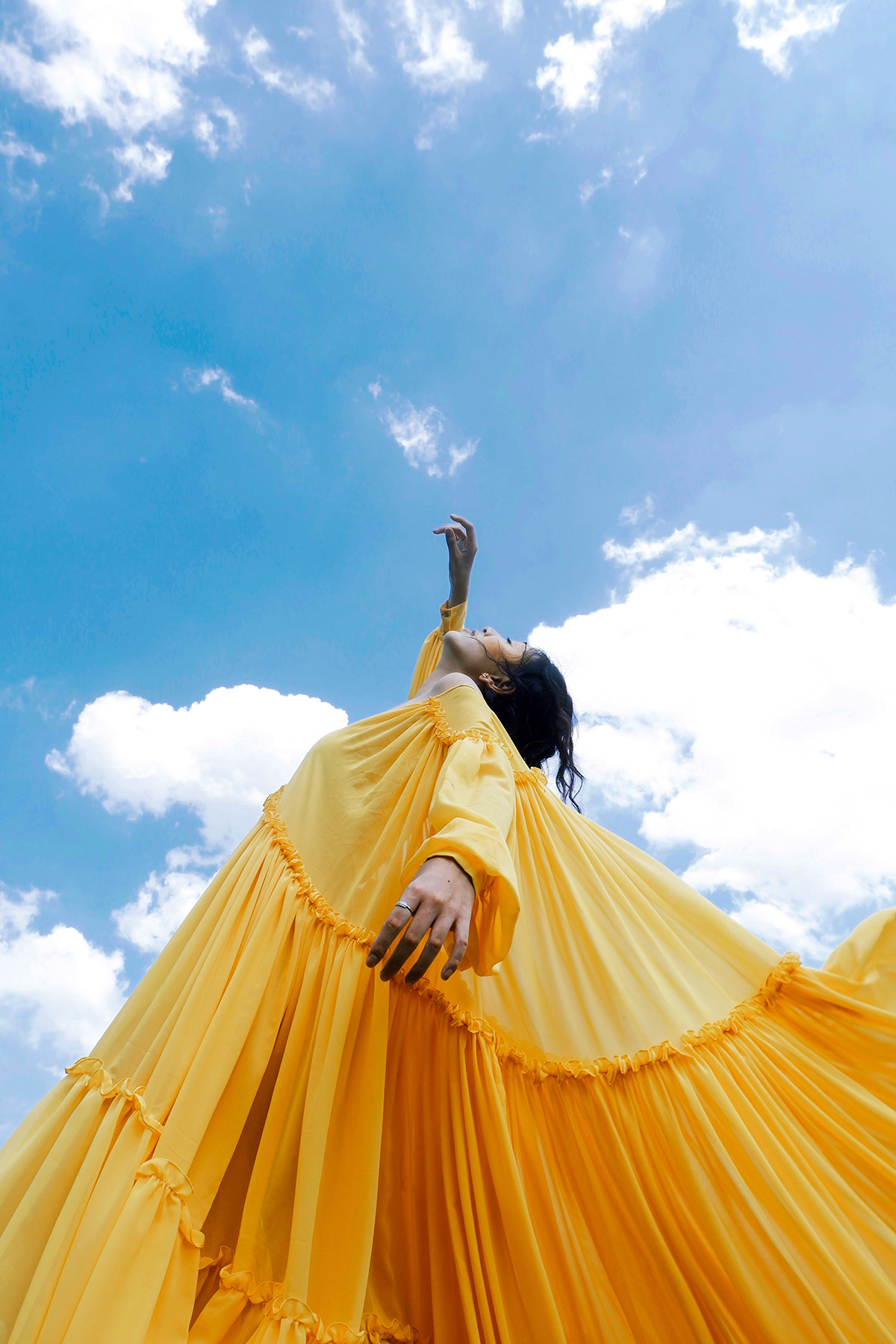Fashion has always been about innovation. The most exciting shift in years is towards sustainability. While there are plenty of fast fashion houses teetering on the edge of greenwashing, consumers themselves are demanding truly sustainable fabrics. Natural fibres, such as recycled cotton, organic hemp and organic linen will always be eco-options for a sustainable wardrobe. But there has also been a rise in synthetic fabrics that will be key to the future friendly wardrobes of the future.

three sustainable fabric innovations
MYLO: A Sustainable Leather Alternative
Made by Bolt Threads, Mylo is a lab-grown leather that uses mycelium to recreate the soft, supple fabric so popular in fashion, with far less harm to the environment. If you watched the Netflix documentary Fantastic Fungi, you may have seen that coming!
While other so-called vegan leather alternatives do exist, many rely on plastic—which obviously poses a whole different problem for eco-enthusiasts. In contrast, Mylo is ‘certified bio-based, which means it’s made predominantly from renewable ingredients found in nature.’
Qmonos: Synthetic Spider Silk
Spiders provided the inspiration for Qmonos, a synthetic spider silk based on synthetic proteins that fuse spider silk genes and certain microbes. Like many fabric innovations, the science comes first, and Qmonos took a while to develop.
No animals are involved in the production of Qmonos fibres, which are entirely biodegradable, lightweight – and stronger than steel!
Tencel
Tencel has been around since the 1980s and it remains one of the most versatile sustainable fabrics available nowadays. From slow fashion brands to fast fashion power houses, Tencel, which is made from bamboo pulp, and Lyocell, created from wood pulp, feature regularly in eco-conscious fashion collections.
It’s a beautifully light alternative to cotton and viscose, offering softness, breathability, and durability. Other benefits that make it a mainstay of the future of fabric include the fact that it is fully biodegradable and compostable, and a manufacturing process that is ecologically sound, recovering up to 99.8% of the solvent and remaining emissions generated in its production.
How sustainable clothes are often comes down to what they are made from; traditional fabrics are part of one of our oldest industries and we cannot survive without textile manufacturing. But that also means there is a wealth of knowledge and experience available to ensure that the future of fashion has sustainability at its heart.
Which fabric innovations are you following in the sustainable fashion industry?
Photo by Hong Nguyen
your two cents